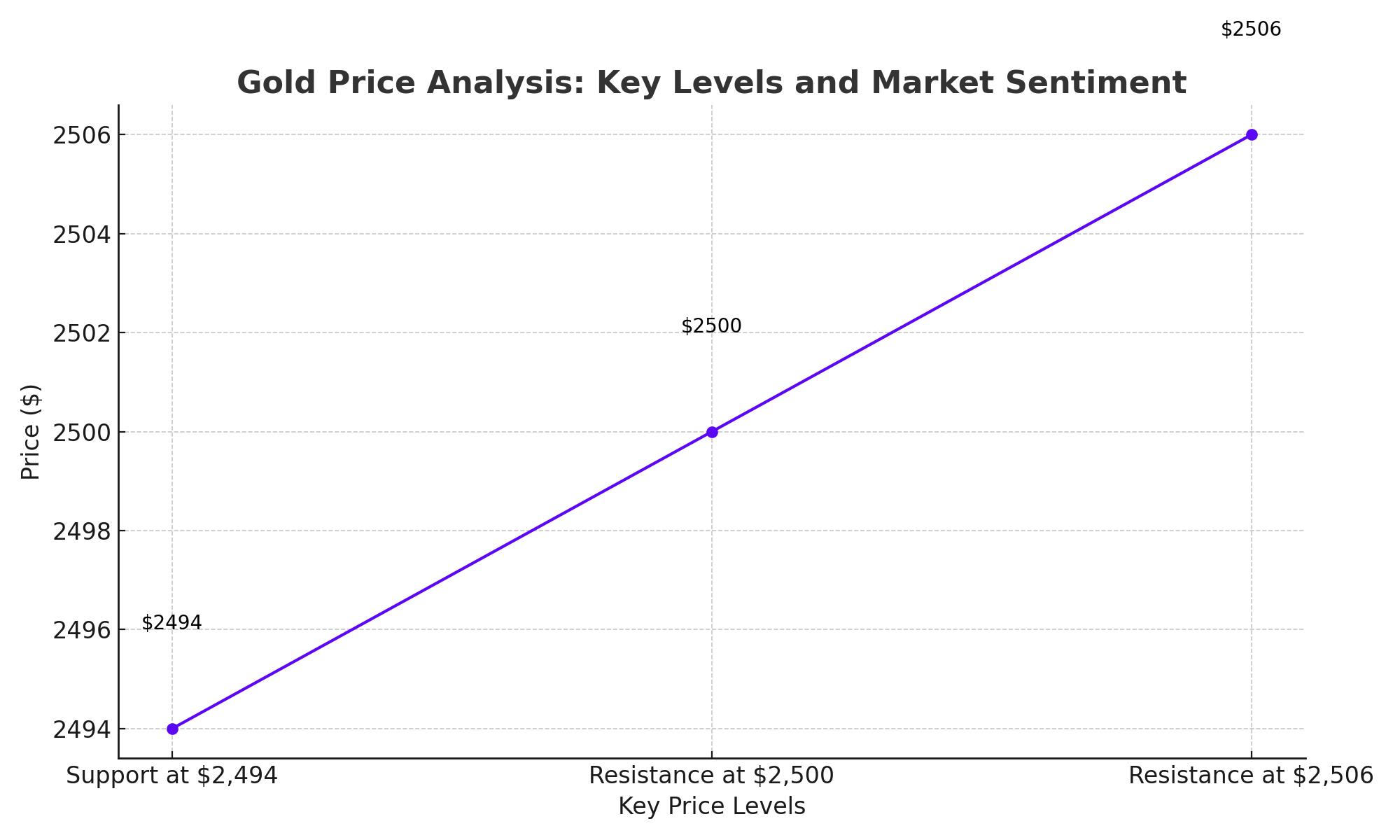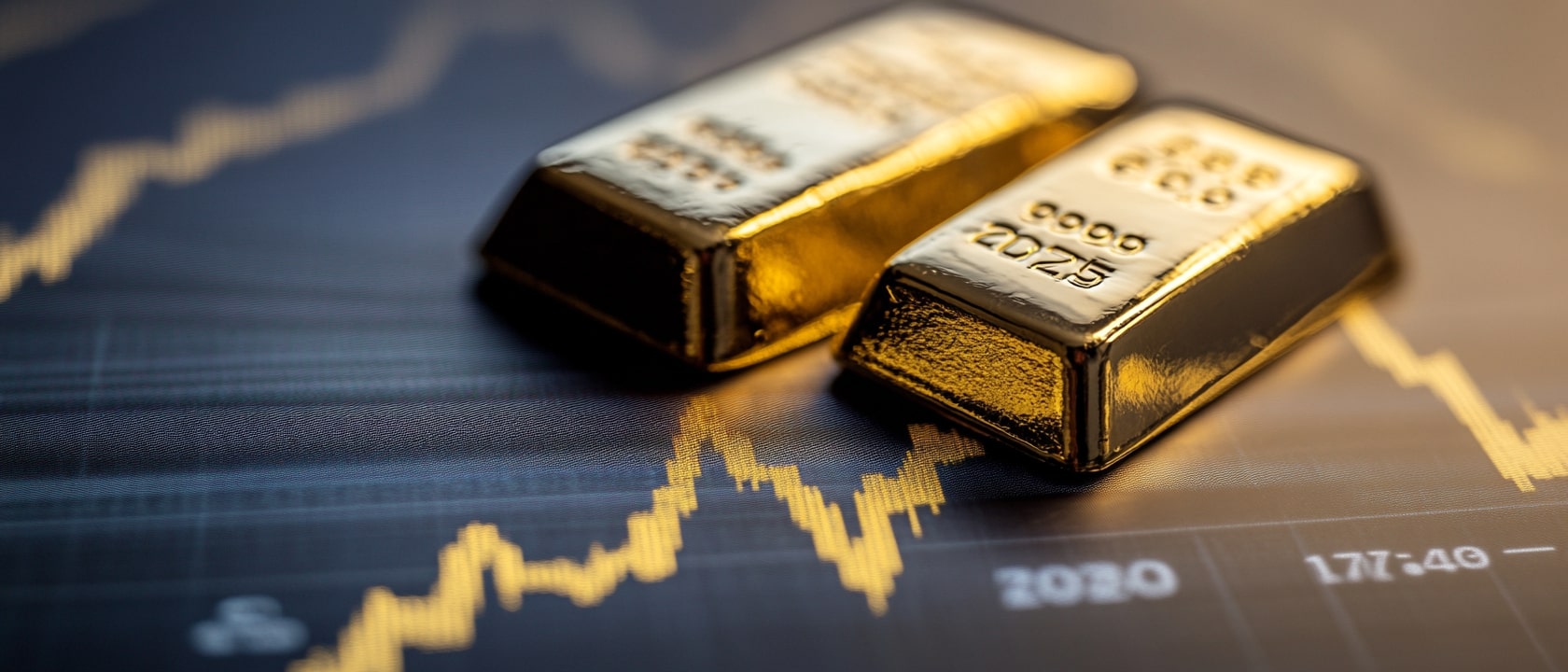GOLD PRICE ANALYSIS: XAU/USD HITS RECORD HIGHS AMID ECONOMIC UNCERTAINTY AND TRADE WAR FEARS
Will Gold Surge Past $2,850 as Trade War and Inflation Risks Mount?
Gold (XAU/USD) is trading near record highs as investors pour into the safe-haven metal amid rising global uncertainty. After touching an all-time high of $2,830, gold remains well-supported as Donald Trump’s trade war escalates, inflation fears mount, and central banks hesitate on rate cuts. The bullish momentum remains intact, with traders closely watching key technical levels and upcoming U.S. economic data, which could trigger the next major move.

TRUMP’S TRADE WAR AND TARIFFS DRIVE GOLD HIGHER
Gold’s rally is being fueled by Donald Trump’s aggressive trade policies, which have sent shockwaves through global markets. Initially targeting China, Mexico, and Canada, the U.S. administration has now set its sights on the European Union, sparking fears of a broader trade war. Trump’s rhetoric has been direct, stating, “They don’t take our cars, they don’t take our farm products. They take almost nothing, and we take everything from them.”
This has added a new layer of economic uncertainty, leading investors to dump risk assets and seek refuge in gold. Gold’s traditional role as a hedge against trade-induced volatility has never been more evident, with bullion now seen as one of the safest assets amid geopolitical instability.
At the same time, China has responded with new retaliatory tariffs, intensifying the U.S.-China trade standoff. The ongoing tensions between Washington and Beijing have investors on edge, as global supply chains face another potential disruption. With China imposing up to 15% tariffs on select U.S. imports, the market is bracing for further retaliation, which could push gold even higher.
U.S. INFLATION SPIKES, FED RATE CUTS DELAYED: BULLISH FOR GOLD
While the Federal Reserve has signaled a potential easing cycle in 2025, rising inflation could delay rate cuts, keeping real yields elevated. The latest ISM Manufacturing PMI showed stronger-than-expected growth, rising to 50.9, surpassing expectations of 49.8. More importantly, the Prices Paid Index—a key inflation measure—jumped to 54.9, signaling rising input costs.
Federal Reserve officials have already voiced concerns over inflation. Boston Fed President Susan Collins emphasized that rate cuts may not be needed soon, stating that the Fed must remain patient amid growing price uncertainty. Similarly, Atlanta Fed President Raphael Bostic reinforced the need for more inflation clarity, suggesting that rate cuts could be delayed beyond mid-2025.
Higher inflation combined with a delayed rate cut cycle is a strong tailwind for gold, as lower interest rates reduce the opportunity cost of holding non-yielding assets like bullion. Investors have responded by doubling down on gold positions, pushing ETF holdings to multi-month highs as expectations of prolonged inflationary pressures take hold.
TECHNICAL ANALYSIS: GOLD ON THE BRINK OF A BREAKOUT PAST $2,850
Gold remains in a strong uptrend, with bulls maintaining control above key support levels. After hitting a fresh all-time high at $2,830, the price has consolidated, but the bullish structure remains intact.
-
Key support levels to watch:
- $2,800 – Strong psychological and technical support; buyers continue to defend this level.
- $2,772-$2,770 – A critical horizontal resistance turned support area, which has held firm during pullbacks.
- $2,730-$2,720 – A deeper correction could test this zone, but buyers are likely to step in aggressively.
-
Key resistance levels to break:
- $2,830 – The record high; a break above this could trigger momentum buying.
- $2,844 – The 100% Fibonacci extension, marking a critical breakout target.
- $2,889-$2,900 – The next major upside zone, where traders anticipate a psychological test of $3,000.
The Relative Strength Index (RSI) is nearing overbought territory, suggesting that a temporary pullback is possible, but the larger trend remains bullish. If gold clears $2,830, the next move toward $2,850 and $2,900 is highly likely.
MARKET SENTIMENT: GOLD ETFs SEE INFLOWS, CENTRAL BANKS BUY MORE GOLD
Investor sentiment around gold remains decisively bullish, with large institutional buyers loading up on physical gold. Central banks have continued to purchase gold reserves, with recent data showing that the People’s Bank of China has added over 50 metric tons of gold to its holdings in the past three months.
Meanwhile, gold ETFs have seen their largest monthly inflows since August 2023, signaling that institutional money is pouring into bullion as a long-term hedge. This further reinforces gold’s strength, as demand continues to grow despite the recent price surge.
IS GOLD A BUY, SELL, OR HOLD?
Gold’s current momentum suggests that a retest of $2,830 is imminent, and a successful breakout could pave the way for a move toward $2,900 and beyond. Given the ongoing trade war, rising inflation, and central bank hesitation, gold remains a strong buy in the near term.
- If Trump escalates tariffs against the EU, expect gold to surge past $2,850 as risk aversion deepens.
- If the Federal Reserve delays rate cuts, this will further fuel gold’s upside, as real yields remain compressed.
- A break below $2,772 could trigger short-term weakness, but buyers are expected to step in aggressively near $2,730-$2,720.
Gold remains one of the most attractive assets in the current economic landscape, offering protection against trade war uncertainties, inflation risks, and a potential stock market correction. With strong technicals, fundamental support, and institutional buying, the path of least resistance remains to the upside. Expect gold to continue its march toward $3,000 in the coming months if global uncertainty persists.




















